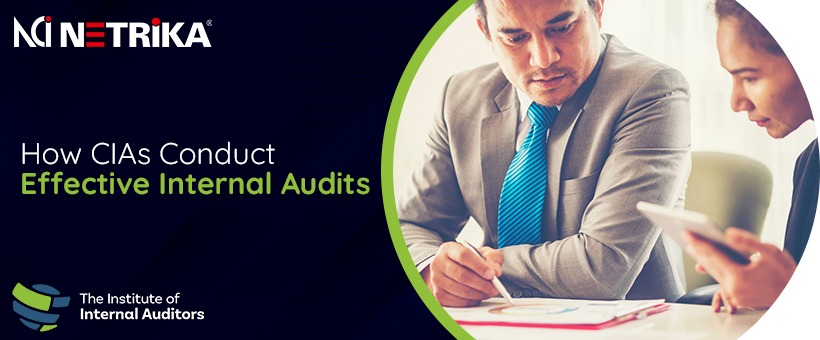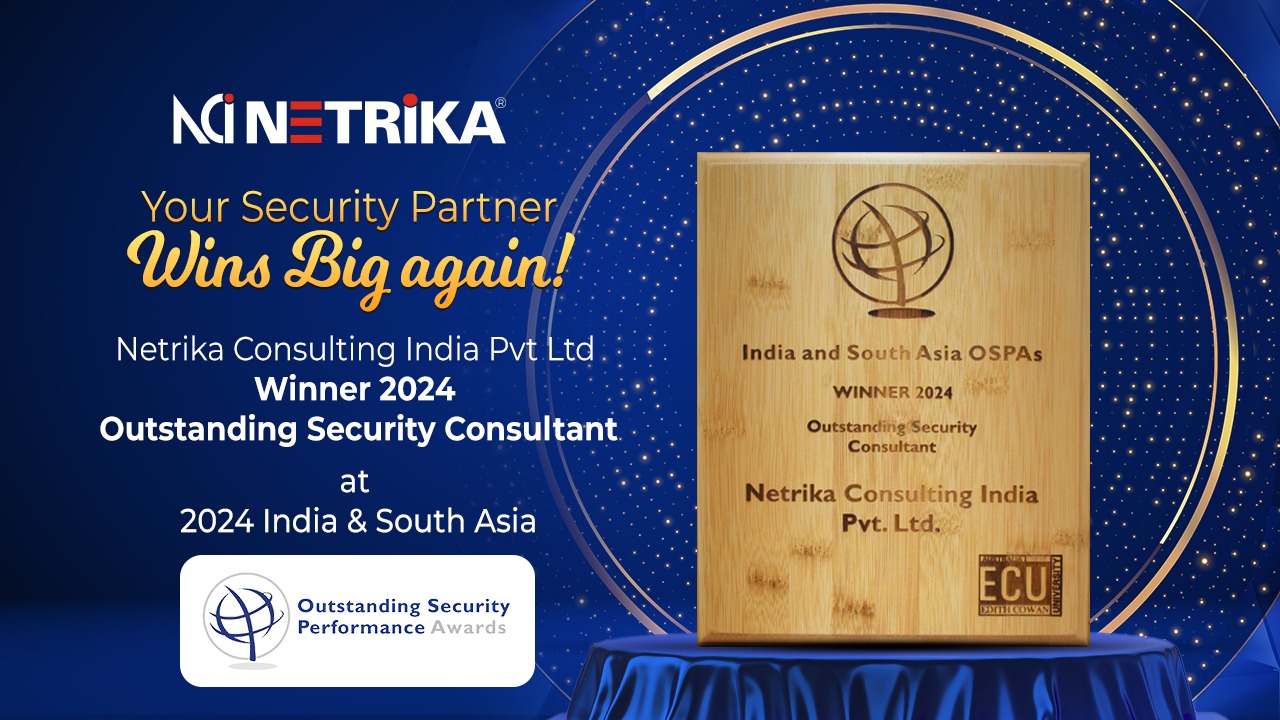News & Events
How CIAs Conduct Effective Internal Audits
- July 24, 2024
- Posted by: marketing@netrika.com
- Category: Blogs

According to a combined survey conducted by the Ponemon Institute and Globalscape, businesses that regularly performed compliance audits saw an average $2.86 million decrease in compliance expenses. By carrying out regular internal audits, your business can identify potential vulnerabilities in your internal control system, enabling you to address them before they pose serious security risks, or reducing the likelihood of having a successful external audit.
This is one of the most crucial reasons why certified internal auditors are needed in organizations to meet the objectives of the organizational controls while streamlining the processes they are assessing. Internal auditors are responsible for evaluating corporate operations or departments impartially and based on predetermined criteria. An auditor’s primary role is to support the organization, and their input helps to develop a more robust enterprise.
To help organizations support and set standards for internal auditors, the Institute of Internal Auditors (IIA) as the largest and most well-known organization develops the International Professional Practices Framework, which offers the roles and goals of internal auditors as well as certifications in several areas of internal auditing.
This blog explores how certified internal auditors (CIAs) conduct effective internal audits
Evaluating internal audit process controls
A certified internal auditor evaluates the internal controls in place that are meant to mitigate risks and prevent undesirable situations, including but not limited to the internal department’s compliance or the financial reporting procedure. Almost every business process requires some form of accountability and control to make sure there aren’t any vulnerabilities that can cause problems. To make sure controls are being carried out and performing as intended, CIAs examine both the implemented controls and the documented controls.
Recognizing and assessing risks during internal audit
It is the responsibility of a certified internal auditor to assess risks, foresee potential problems encompassing risks, and devise solutions to either eliminate or control them. CIAs perform this action while ensuring that the management utilizes their specialized knowledge to identify the risks to their team and the greater organization.
Examining operations
Internal auditors are adept at tactical operations and understand how to align them with the organization’s strategic goals.
Collaborating with other relevant sources of assurance
Certified internal auditors collaborate with compliance officials, risk management experts, and other professionals to reassure executives about the effective and efficient management of risks. Internal auditors assess if processes and controls are in place and meeting the necessary standards, whether internal or external to reduce potential risk and create a robust safety posture within organizations.
When an audit is conducted without a specific objective in mind, scope creep occurs, which is the process by which the project’s scope expands to encompass new problems or procedures that the team learns about. The certified internal auditor is trained to specify the audit’s goal and scope before beginning an internal audit. It is this crucial responsibility that a CIA carries with ease that makes them an important part of the organization’s security posture and helps the company as well as its stakeholders make well-informed decisions on internal controls.

